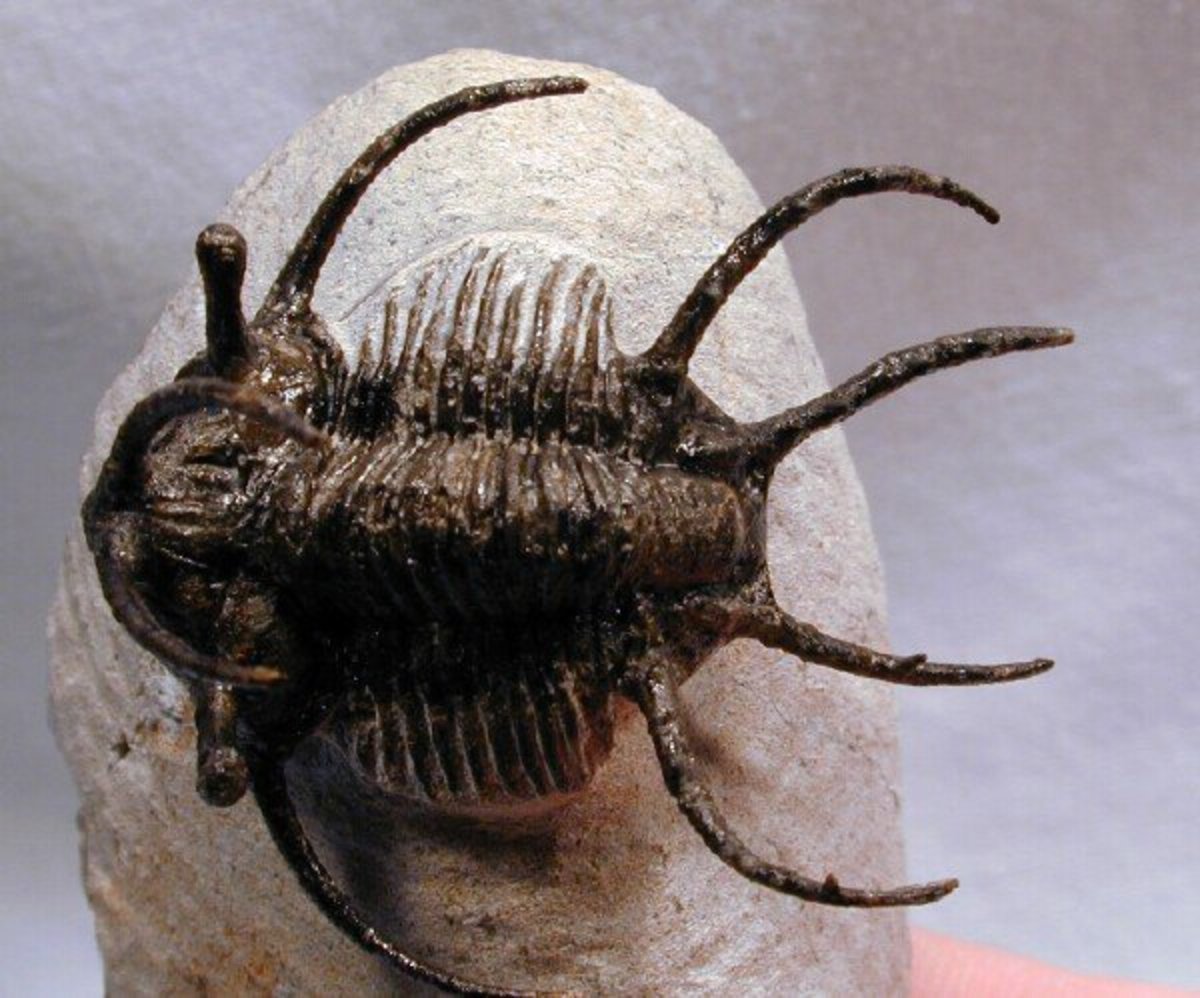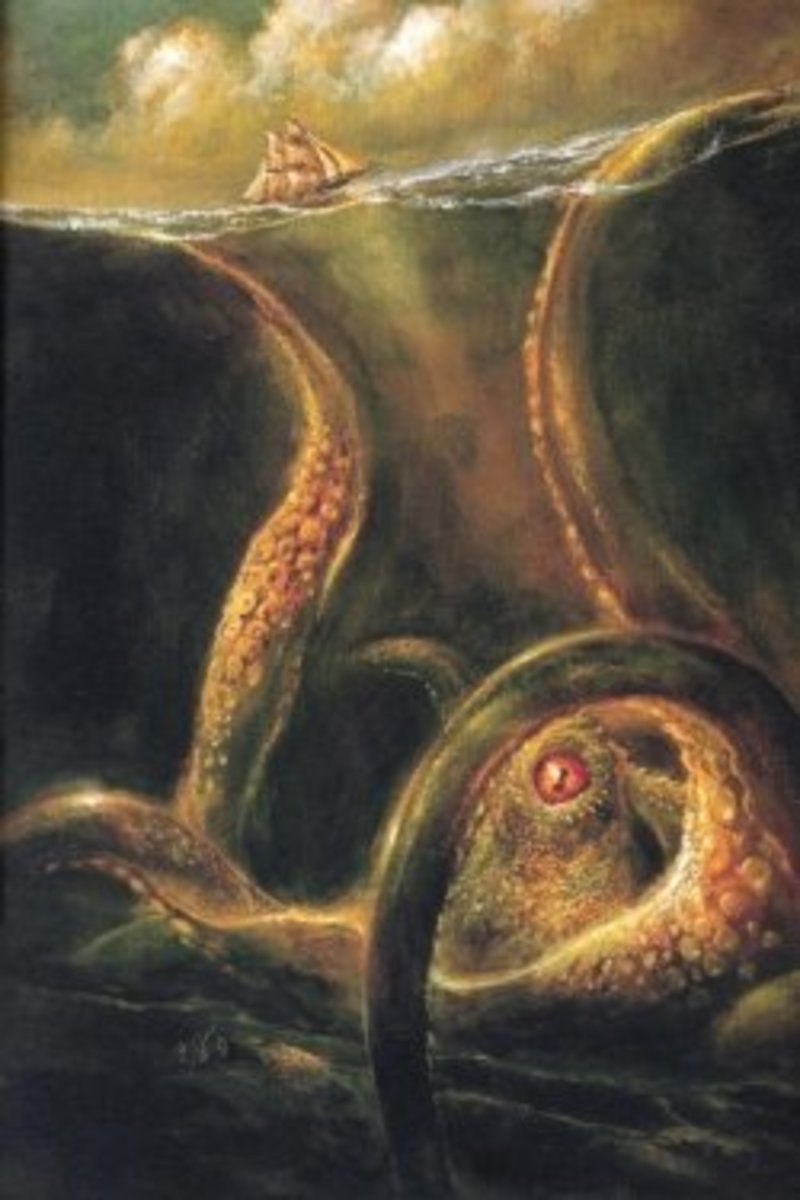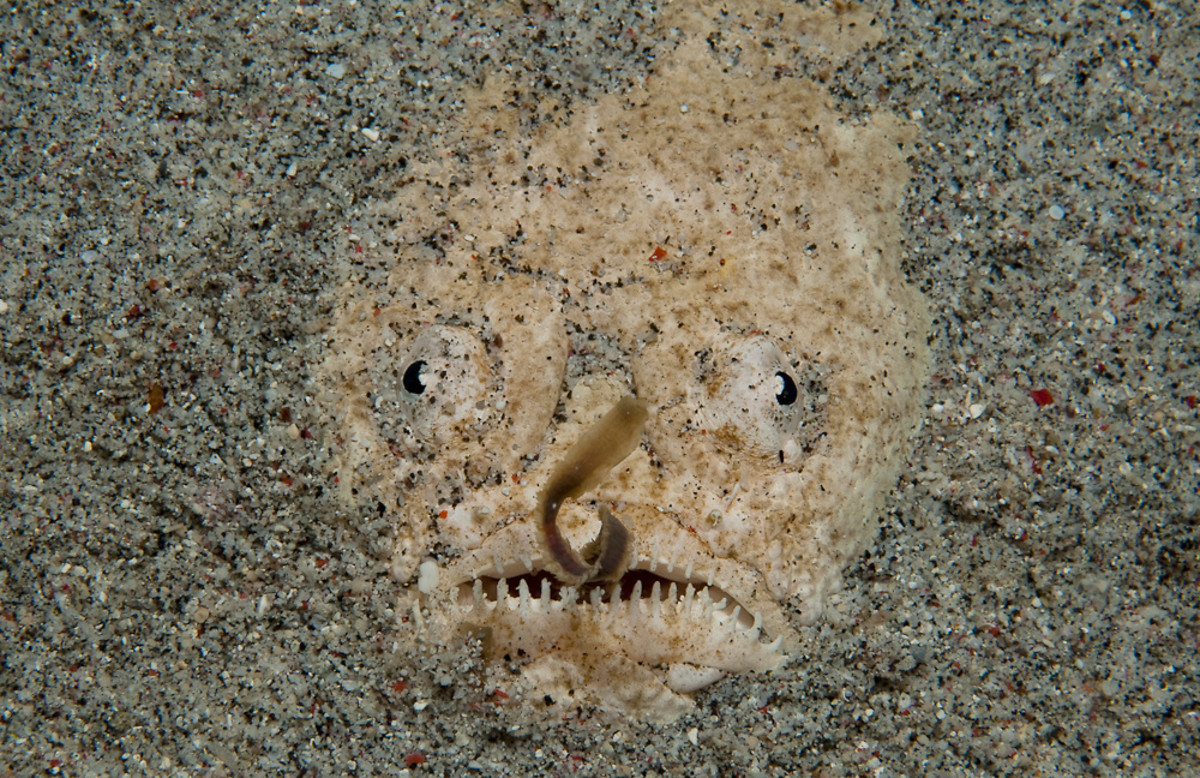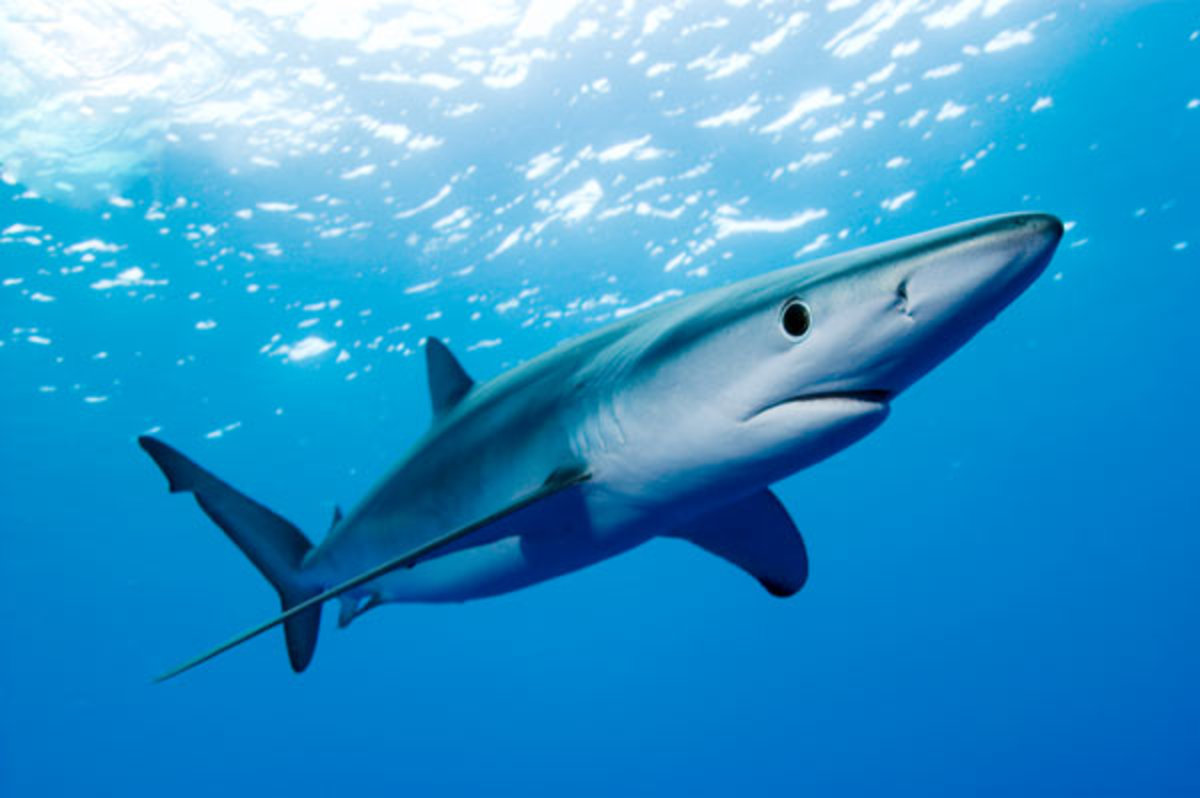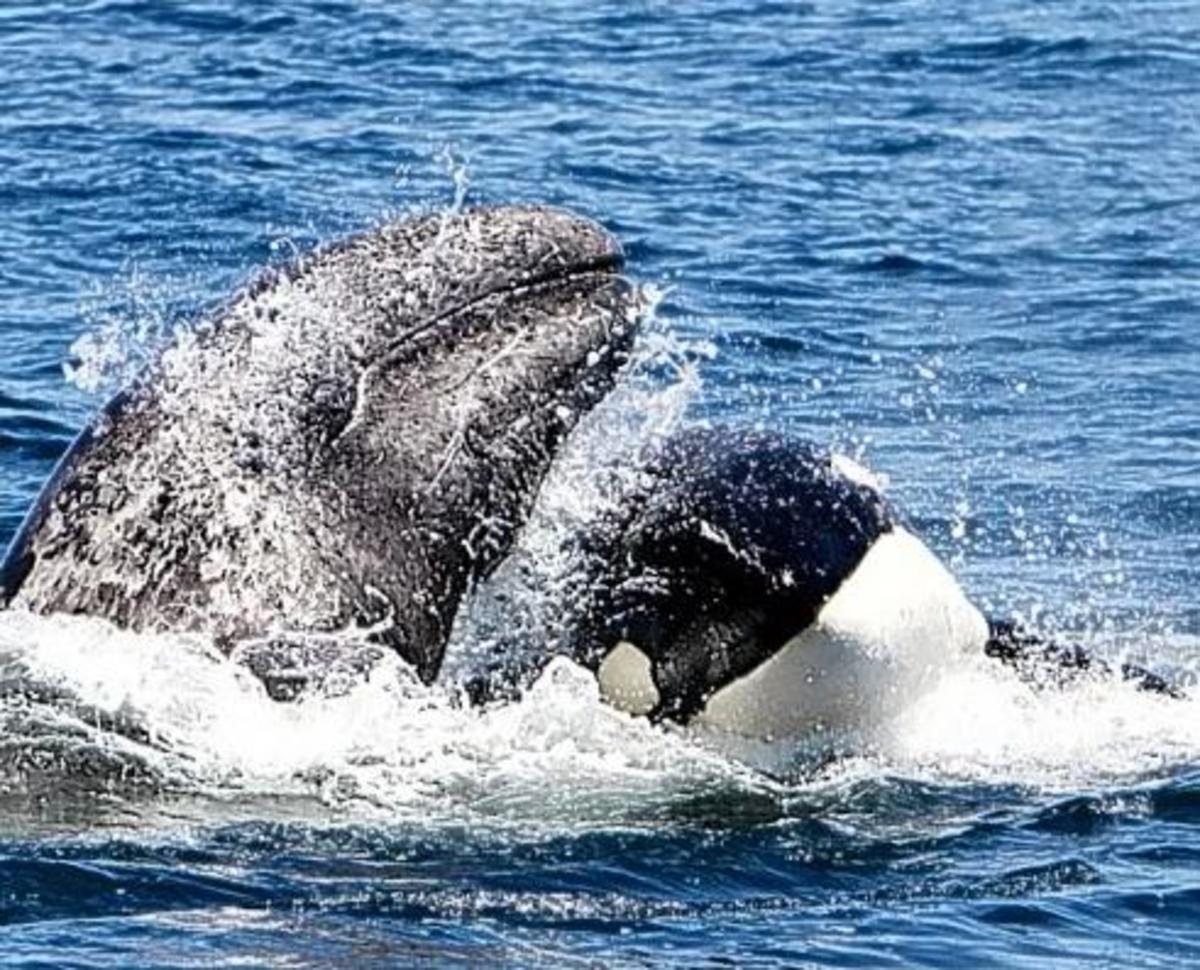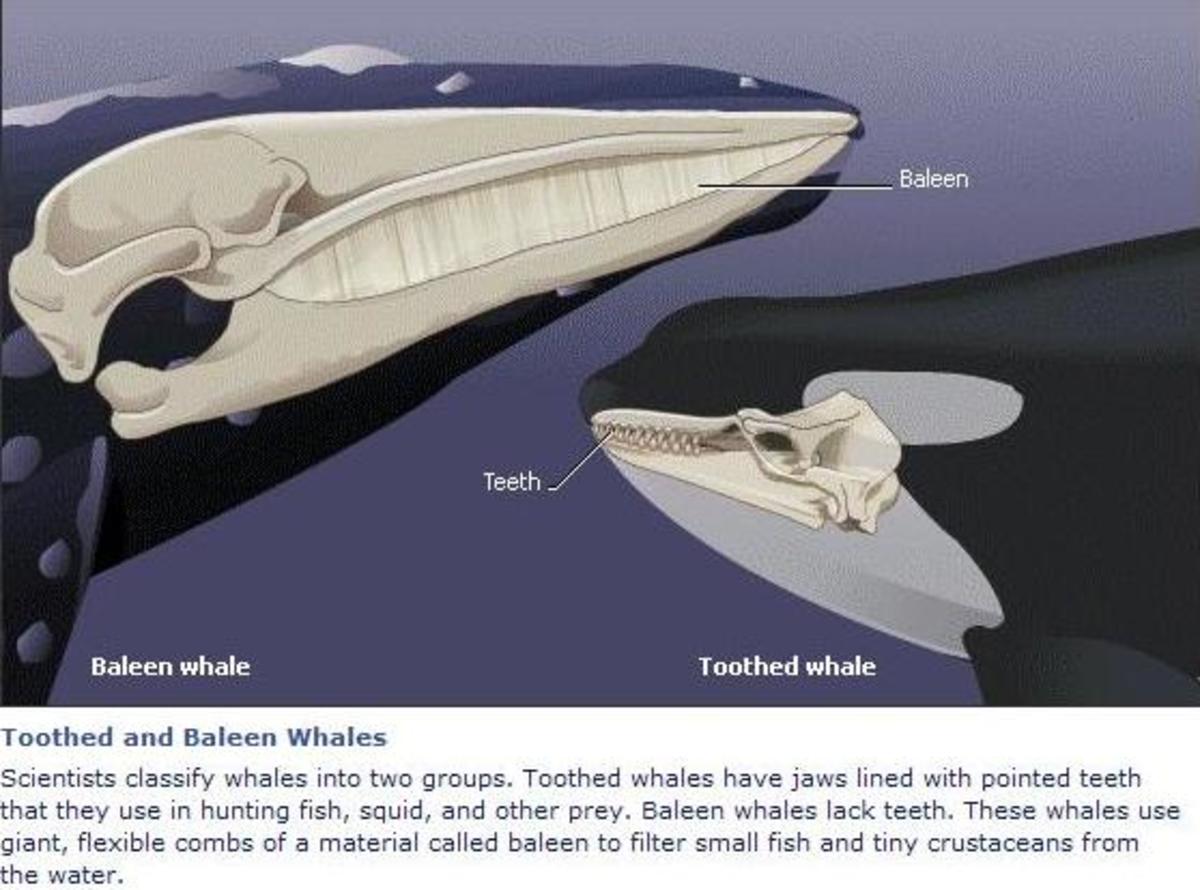- HubPages»
- Education and Science»
- Life Sciences»
- Marine Biology
Strange Creatures of the Ocean Abyss
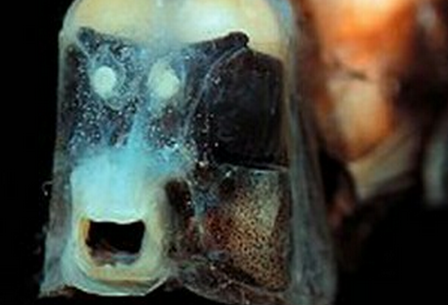
Even if fishermen going back through time, sometimes reported strange creatures in their nets before men could dive to the bottom of the oceans, scientists thought that there was no life in the abyss
Since the late nineteenth and early twentieth century and the development of oceanography, scientists continue to discover and describe new species. Of the 15,800 species of marine fish officially recorded, there have been approximately 2000 found lurking in the abyss.
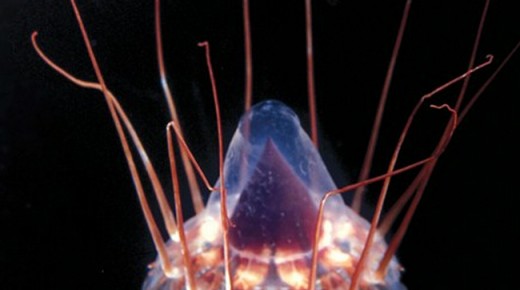
Animals capable of emitting light
From 200 meters, the sunlight coming from the surface is no longer sufficient for photosynthesis and from 1000 meters, organisms evolve in total darkness. Almost.
The light that scientists realize sometimes is not the sun but is of animal origin. At this depth a large number of animals are able to produce light thanks to specially designed bodies. Jellyfish, squid, octopus clouds or they produce flashes of light waves to escape predators or to attract prey.
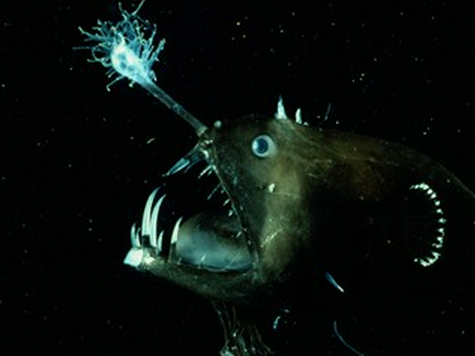
Monkfish or dragons of the abyss
This family of deep-sea fish are found between 1000 and 3000 meters. This family of fish rounded body has the distinction of having a light lure long before the mouth to catch their prey.
The females of this family have a huge head and mouth compared to the rest of their body. They can swallow prey almost as big they are. The males are much smaller than females. The mating opportunities are so rare in the vast dark ocean when a male encounters a female, he clings to it until his body merges with that of his beloved. The tiny male whose organs atrophy becomes a kind of parasite of the female.
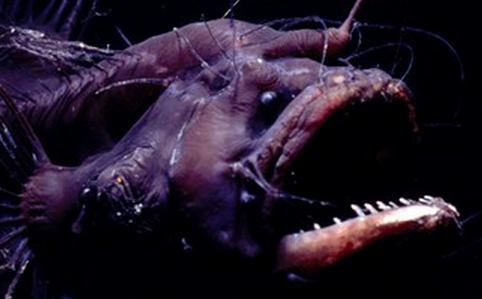
Caulophryne
The Caulophryne is probably the ugliest member of abyssal anglerfish. In addition to the long lure light on the front, it features include long strands all over my body ... Charming.
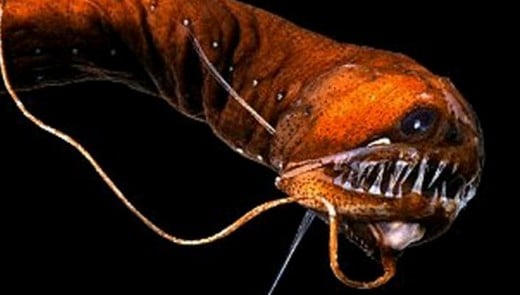
This family includes species with a more or less frightening elongated bodies and huge mouth bristling with teeth as slender as needles. Instead of other types of monkfish, abyssal fish-dragon bears his lures as beacons of light in the head.

Squids of the family have not only chromatophores (cells in their skin that allow them to change color) active but also have numerous photophores. These squid sail around the deeps through these specialized cells burning brightly in the darkness of the abyss.
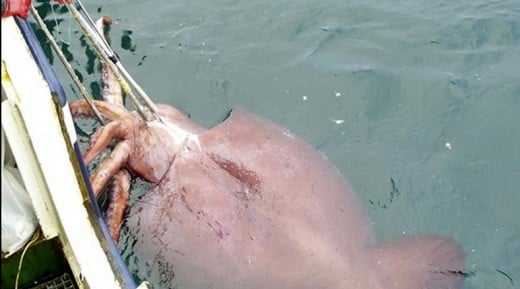
No this Isn't Squidward of Spongebob Fame
The giant squid is probably the best known case of abyssal gigantism and still captures the imaginations of men of the sea who know it must feed and feed to grow so big....but feed on what?
But one must distinguish two families of squid that can reach or exceed 10 m: the giant squid and colossal squid. The larger of the two colossal squid would be attending Antarctic waters.
According to estimates, these fellows could be up to 14 m. Even more impressive, the size of his eyes, the largest in the animal kingdom: between 30 and 40 cm in diameter! In addition, the colossal squid have photophores in the eye--just like real car headlights to catch its prey! Prey are just much smaller than what previously scientists have believed. He would feed mainly large deep sea fish and small squid. Whale not on its menu, it is he who is on the menu of the sperm whales and Pacific sleeper sharks.


